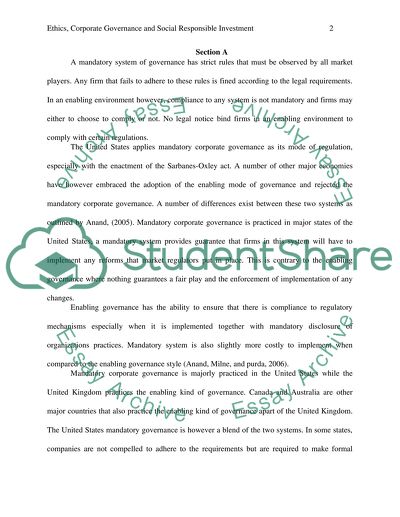Cite this document
(“Ethics, Corporate Governance and Social Responsible Investemtn Essay”, n.d.)
Retrieved from https://studentshare.org/finance-accounting/1482620-ethics-corporate-governance-and-social-responsible
Retrieved from https://studentshare.org/finance-accounting/1482620-ethics-corporate-governance-and-social-responsible
(Ethics, Corporate Governance and Social Responsible Investemtn Essay)
https://studentshare.org/finance-accounting/1482620-ethics-corporate-governance-and-social-responsible.
https://studentshare.org/finance-accounting/1482620-ethics-corporate-governance-and-social-responsible.
“Ethics, Corporate Governance and Social Responsible Investemtn Essay”, n.d. https://studentshare.org/finance-accounting/1482620-ethics-corporate-governance-and-social-responsible.


